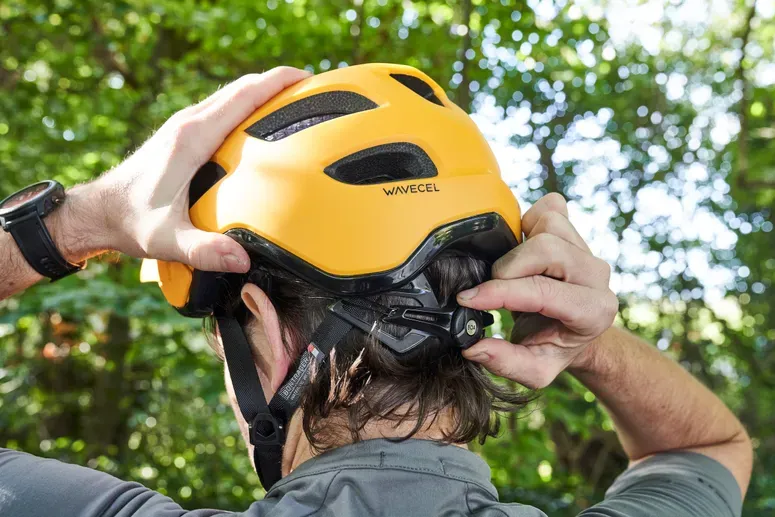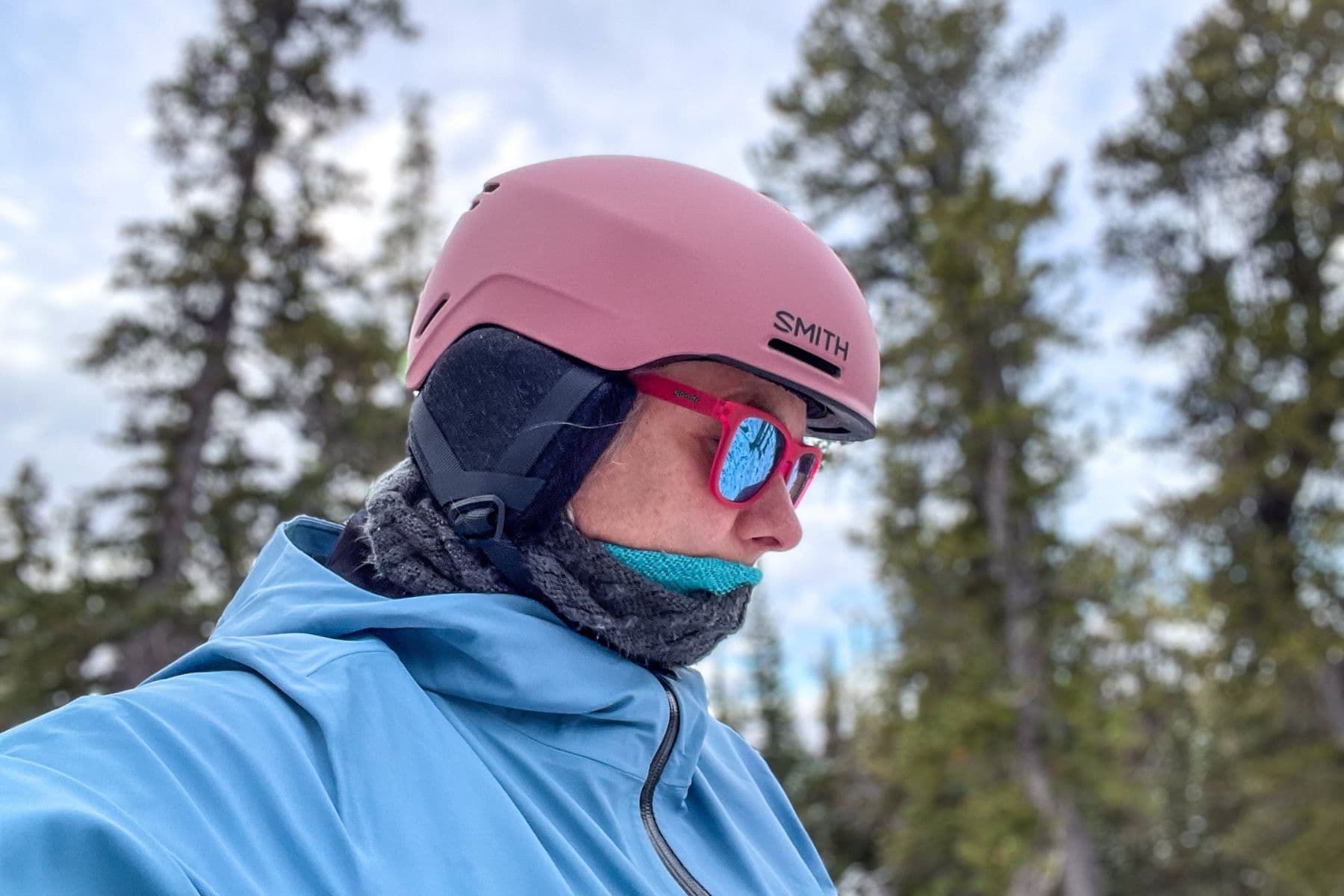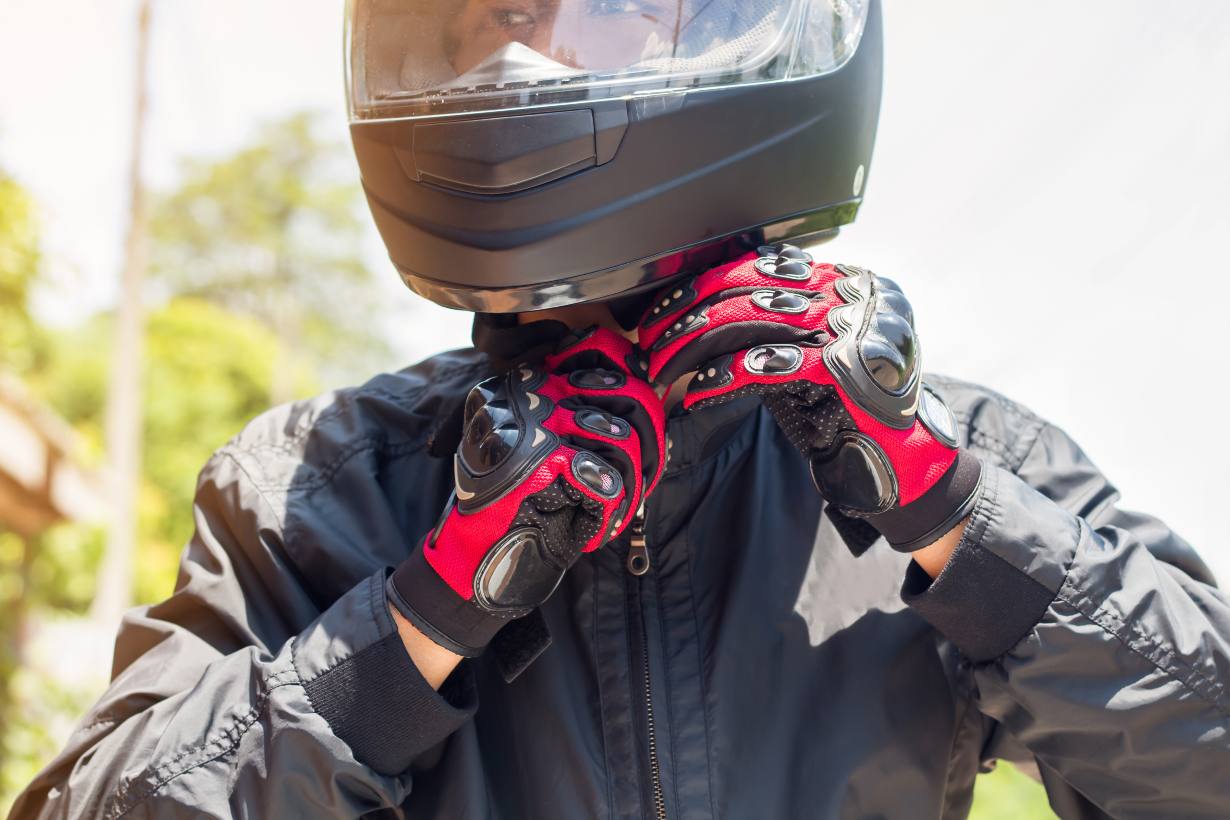A well-fitted helmet is essential for both safety and comfort on the bike. Choosing the right helmet size ensures that your helmet stays securely in place and provides the maximum level of protection in case of an accident. In this guide, we’ll cover how to measure your head, interpret helmet size charts, and find the perfect fit for your needs.
Why Helmet Fit Matters
A helmet that’s too loose or too tight can compromise safety and lead to discomfort, particularly on longer rides.
A correctly sized helmet fits snugly on your head without wobbling or pressing too hard.
Most helmets come with adjustable fit systems, but selecting the right size to start with is crucial.
How to Measure Your Head for a Helmet
To find the right helmet size, follow these simple steps:
- Use a Flexible Measuring Tape
Place a flexible tape measure about an inch above your eyebrows. Wrap it around the widest part of your head, which typically includes the back of your head and forehead. - Record the Measurement in Centimeters
Most helmet size charts use centimeters, so it’s helpful to record your measurement in this unit. If you only have inches, you can easily convert them to centimeters (1 inch = 2.54 cm). - Compare with the Helmet Size Chart
Each brand may have slightly different sizing, so it’s important to check the size chart specific to the brand of helmet you’re interested in.
General Bicycle Helmet Size Chart
Here’s a general guide to helmet sizes based on head circumference. Keep in mind that sizes can vary slightly between brands.
| Helmet Size | Head Circumference (cm) | Head Circumference (inches) |
|---|---|---|
| Extra Small | 49 – 52 cm | 19.3 – 20.5 inches |
| Small | 52 – 55 cm | 20.5 – 21.7 inches |
| Medium | 55 – 59 cm | 21.7 – 23.2 inches |
| Large | 59 – 63 cm | 23.2 – 24.8 inches |
| Extra Large | 63 – 66 cm | 24.8 – 26 inches |
Brand-Specific Helmet Size Charts
Below are some popular brands and their size ranges. Each brand has unique sizing, so it’s best to consult the chart specific to the helmet you’re considering.
Giro Helmet Size Chart
| Giro Size | Head Circumference (cm) |
|---|---|
| Extra Small | 48 – 53 cm |
| Small | 51 – 55 cm |
| Medium | 55 – 59 cm |
| Large | 59 – 63 cm |
| Extra Large | 61 – 65 cm |
Bell Helmet Size Chart
| Bell Size | Head Circumference (cm) |
|---|---|
| Small | 52 – 56 cm |
| Medium | 55 – 59 cm |
| Large | 58 – 62 cm |
| Extra Large | 61 – 65 cm |
POC Helmet Size Chart
| POC Size | Head Circumference (cm) |
|---|---|
| Small | 51 – 54 cm |
| Medium | 55 – 58 cm |
| Large | 59 – 62 cm |
Specialized Helmet Size Chart
| Specialized Size | Head Circumference (cm) |
|---|---|
| Small | 51 – 56 cm |
| Medium | 55 – 59 cm |
| Large | 59 – 63 cm |
| Extra Large | 61 – 65 cm |
Kask Helmet Size Chart
| Kask Size | Head Circumference (cm) |
|---|---|
| Small | 50 – 56 cm |
| Medium | 52 – 58 cm |
| Large | 59 – 62 cm |
Adjusting Your Helmet for the Perfect Fit
Once you’ve selected the right size, it’s essential to adjust your helmet for a snug, secure fit. Here’s how to fine-tune the fit:
- Position the Helmet Correctly
Place the helmet so it sits level on your head, not tilted back or too far forward. The front edge of the helmet should sit about an inch above your eyebrows. - Adjust the Fit System
Most helmets come with a rear adjustment dial or other fit systems. Tighten or loosen this until the helmet feels secure but comfortable. You shouldn’t feel any pressure points. - Secure the Chin Strap
The chin strap should be snug but not too tight. A good rule of thumb is to leave enough room for one or two fingers between your chin and the strap. The side straps should form a “V” shape just below your ears. - Perform the Shake Test
Gently shake your head from side to side and up and down. The helmet should stay in place without wobbling. If it moves, adjust the fit until it’s secure.
Tips for Choosing the Right Helmet Size
- Try It On
If possible, try the helmet on in person to make sure it feels comfortable and secure. Even with correct measurements, some helmets may feel different based on the shape of your head. - Consider Hair and Accessories
If you have long hair or wear glasses, consider how they may affect the fit. Some helmets accommodate ponytails or braids better than others, and some brands design helmets specifically to work well with eyewear. - Check for Padding Options
Some helmets come with extra padding inserts that allow you to fine-tune the fit, which can be helpful if you’re between sizes.
Common Mistakes to Avoid
- Choosing a Size Based on Age or Gender
Helmet sizes aren’t based on age or gender; they’re based on head circumference. Always measure your head for the most accurate fit. - Ignoring Fit Adjustments
A helmet that isn’t adjusted properly won’t offer full protection. Make sure to adjust the fit system, chin strap, and other elements before every ride. - Overlooking Comfort for Style
While style is important, don’t sacrifice comfort or safety for looks. A well-fitted, comfortable helmet is crucial for a safe and enjoyable ride.
When to Replace Your Helmet
A well-fitting helmet won’t last forever, and it’s important to replace it when needed:
- After an Impact
Helmets are designed for single-use in case of a crash. Even if there’s no visible damage, replace your helmet after any impact to ensure it can provide full protection. - Every 3-5 Years
Most helmet manufacturers recommend replacing your helmet every 3-5 years due to wear and tear, as well as advancements in safety technology. - If It No Longer Fits
If your helmet starts to feel loose or uncomfortable, it may have worn out or lost some of its adjustability. This could mean it’s time for a replacement.
Final Thoughts
Finding the right size is the first step to choosing a helmet that will keep you safe and comfortable on your rides.
Start by measuring your head, then compare it to the size chart of the brand you’re interested in.
A properly fitted helmet should feel secure, comfortable, and well-adjusted to give you confidence and protection on every ride.
Remember, investing in a helmet that fits correctly is an investment in your safety and peace of mind.








